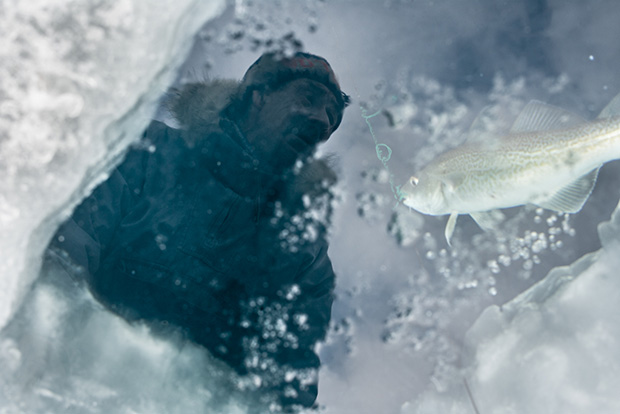
Why Ciril Jazbec is On Thin Ice
The brightest young photojournalist at Arles says his lifelong work will be an encapsulation of climate change
Ciril Jazbec hasn’t the cool detachment in common with many fine-art photographers. Instead, the 27-year-old Slovenian shoots beautiful, highly emotional documentary stories with a strong editorial viewpoint for such news outlets as the New York Times, Der Spiegel, and the Sunday Times. At last year’s Rencontres d’Arles he won both the 2013 Folio Reivew and the Leica Oskar Barnack Newcomer Award for his work on climate change. He returns to the photo festival this month with more ecologically themed work, On Thin Ice. We caught up with the young photographer yesterday, as he prepared for the show's opening, to discuss his work, outlook and just how long is too long to spend embedded in communities on the brink of ecological disaster.
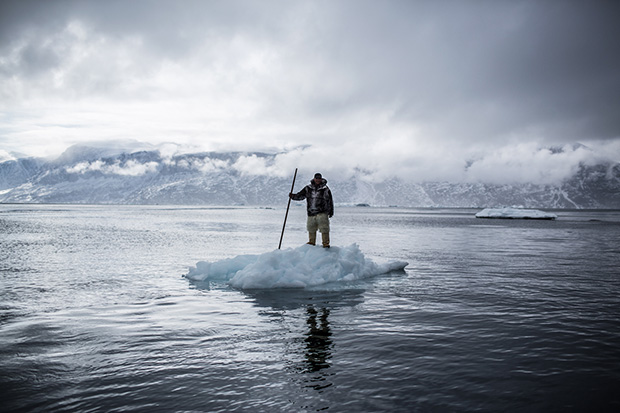
Tell us a bit about yourself I’m from Slovenia. I got interested in photography in primary school; I probably started taking it seriously around the age of 12 or 13, and I turned 27 last week, so its been a long journey. I started to study economics in Slovenia, then I went to the London College of Communications, where I took a Masters in Photojournalism and Documentary Photography.
How was college? A fantastic experience. I was introduced to the whole business of galleries and assignments, but I also really got to look in myself, to ask ‘who is Ciril Jazbec?’’; to ask myself what sort of work I want to do.
What’s the story behind On Thin Ice, the photo series you’re showing at Arles? It’s a body of work I shot over two years, involving two different trips to Greenland, in an attempt to capture the human face of climate change. The last chapter of my long term project; I’ve also shot similar series on [the island nation] Kiribati in the South Pacific, as well as in Alaska.
How is it different from other climate change photo stories? I wanted to see how, in these different places, certain communities cope with the effects of climate change, be it erosion and flooding, or the melting of the ice caps in Greenland. When I get to these places, I focus on one small community and really try to get close.
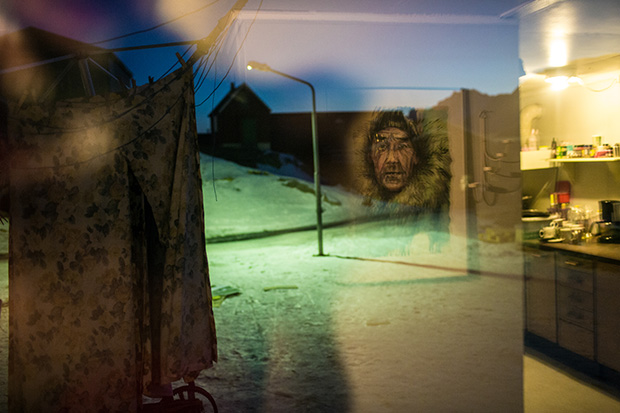
Why is that? Because I really believe in photography: how it can not only tell a story, but also convey very deep expressions. For me, it’s at its most powerful when it’s honest and deep, when you feel a real connection with humanity. I love talking to people; I’m interested in them, and I try to get really emotional, passionate, motivated in my work. That's why I stay with one small community for six weeks at a time. I get the relationships right first before I take a picture. Often, I don’t shoot anything for the first week.
Is it hard forming these strong bonds, when the subject matter is so bleak? Well, I explore the different issues that reflect the lives of the people, but I always try to look for the light at the end, too. You see bad things, of course. There are suicides among young people and other social problems, for example, but there is life too, and celebrations of the old ways of living.
Do you ever get too attached? If you stay somewhere for too long it’s not good. You need a certain amount of time - one month to six weeks, and then I’m exhausted. There are days when you are just too depressed.
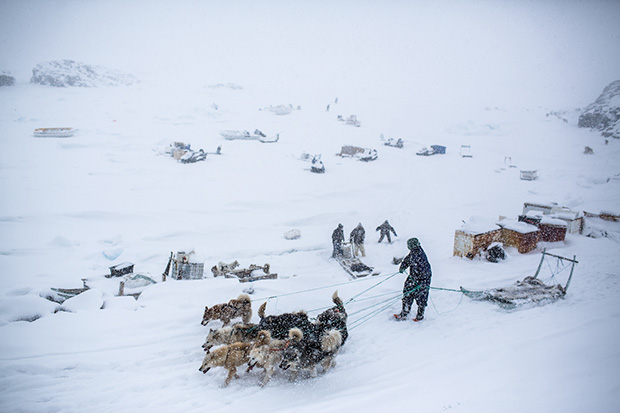
How did you win the Leica Oskar Barnack Newcomer Award 2013 at Arles last year? I actually came to Arles for the first time in 2013, initially to get my portfolio reviewed. The work that won the prize - my Alaskan story, Waiting to Move - was in that portfolio. This year I’m back with On Thin Ice; we’ve even produced a small run of books for the show too, and driven over with them in my car from Slovenia.
It’s a transitional time for photojournalism, isn’t it? Galleries and festivals seem more ready to show work than newspapers are to print the images. It’s true; you’re seeing it more and more in the galleries. It’s very disappointing what’s happening with photojournalism. Publications are sending fewer photographers on assignments, more photographers are jobless and you see iPhone pictures everywhere. I don’t have an answer. My model is to focus on documentary work, but every now and then I get some commercial work, and invest the money in my projects. I really want to look back in ten, twenty or even forty years, and to say I’ve produced something about climate change, but also about the small communities it affects. I want to document those communities, and to do that with my own signature.
__What else are you working on next? __ I’ll be going back to Greenland this year, but I’ll also be working on projects in Africa. I’m still interested in economics, and I’ve shot a story on Ugandan tech entrepreneurs. It was published in Wired UK. It’s a more hopeful story than the climate change work, and I guess balances it. It’s great to show such amazing, intelligent, ambitious people. When it was published, they got quite a bit of interest. That’s my mission at the moment: to inspire people. I’m really enjoying photography, but it’s also a lot of hard work.
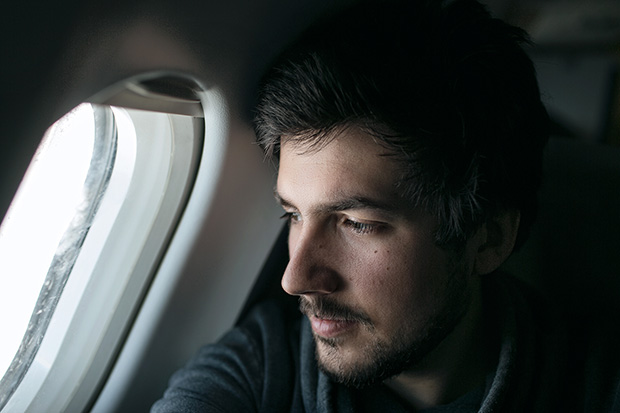
Find out more about Ciril here; for more on his show, go here; for a greater insight into photojournalism, buy our Magnum books; our Steve McCurry books, and Questions Without Answers, our VII Agency book. And for greater insight into contemporary photography, pick up a copy of Photography Today.